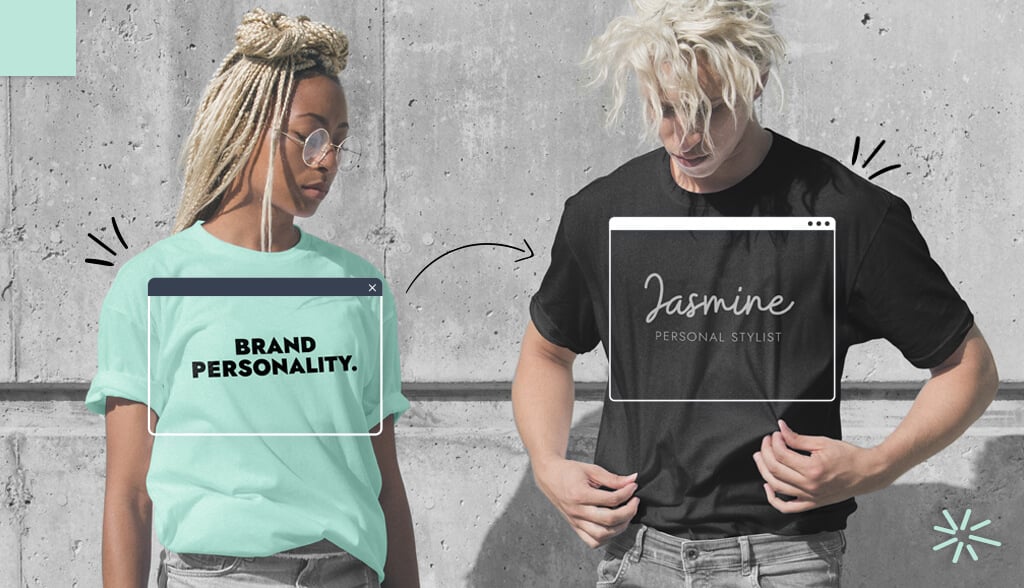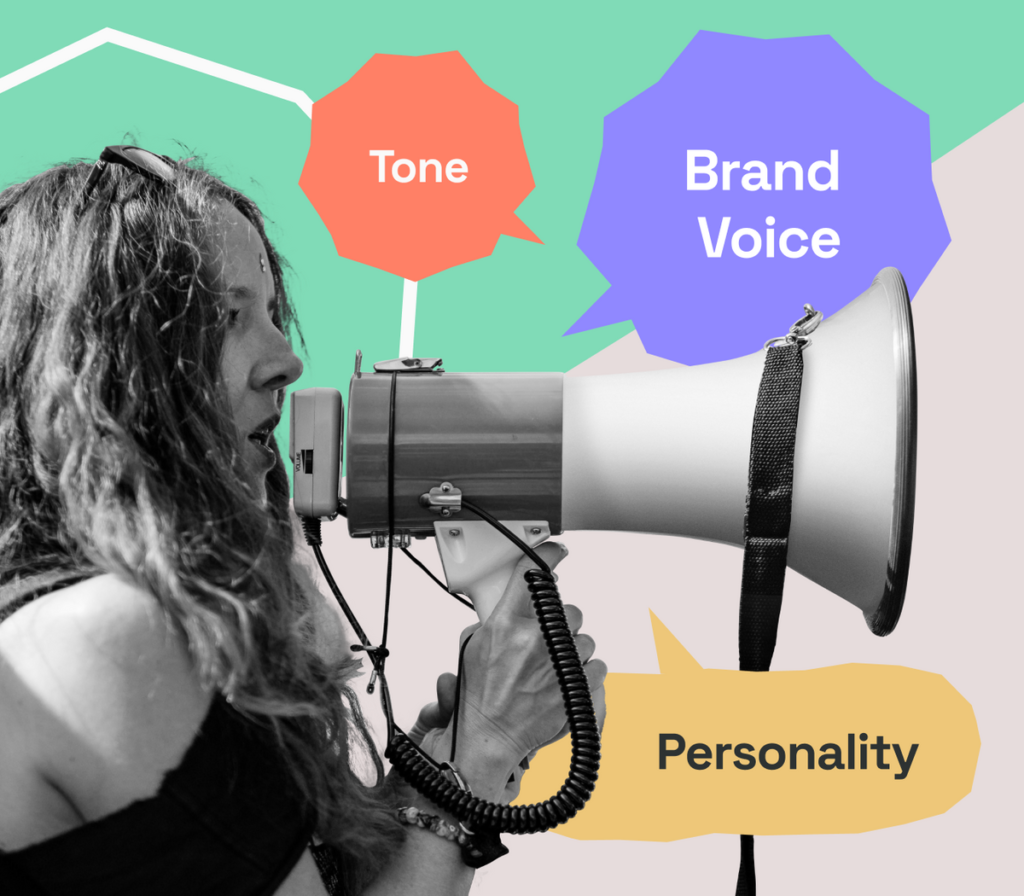Incorporating brand personality and voice into designs is a crucial aspect of creating cohesive and impactful brand experiences. When done effectively, it helps businesses establish a strong brand identity, connect with their target audience, and differentiate themselves in the market. In this post, we will discuss how our design process integrates brand personality and voice to create designs that resonate with the intended audience. By understanding the brand’s unique characteristics and translating them into visual elements and messaging, we ensure that our designs align with the brand’s overall identity and messaging.
I. Brand Personality Exploration:
a. Conduct a brand personality analysis to understand the key attributes and values that define the brand’s personality. This analysis can involve reviewing the brand’s history, mission, and core values, as well as conducting market research and gathering customer insights.

b. Collaborate with the client to gather insights on the target audience, brand positioning, and desired brand perception. Client input and understanding their vision for the brand can help shape the exploration of brand personality traits and ensure alignment with their goals.
II. Translating Brand Personality into Design Elements:
a. Select appropriate colors, typography, and imagery that reflect the brand’s personality traits. For example, if the brand personality is lively and energetic, vibrant colors and playful typography may be used.
b. Use design elements consistently across different touchpoints to create visual harmony and reinforce brand identity. Consistency in design elements, such as logo placement, color usage, and visual style, helps build recognition and strengthens the brand’s personality.
III. Creating a Consistent Brand Voice:
a. Develop brand messaging guidelines that define the tone, language, and style of communication. These guidelines ensure a consistent brand voice across all written content.

b. Ensure that written content, such as website copy and social media posts, aligns with the brand’s voice and personality. Whether the brand voice is formal, friendly, authoritative, or humorous, it should be reflected consistently in all communication channels.
IV. Infusing Personality into Visual Design:
a. Use visual cues, such as illustrations, icons, and graphics, that align with the brand’s personality and evoke the desired emotional response. These visual elements can help communicate the brand’s personality traits visually and create a unique visual identity.

b. Incorporate storytelling elements into design to create a narrative that resonates with the audience. Visual storytelling through images, videos, or interactive elements can evoke emotions, engage the audience, and reinforce the brand’s personality and values.
V. Collaboration and Feedback:
a. Work closely with the client to gather feedback and iterate on design concepts. Collaboration ensures that the client’s input and vision are considered throughout the design process.
b. Ensure that the client’s vision and brand personality are accurately represented in the final designs. Regular communication and feedback loops help maintain alignment and deliver designs that effectively reflect the brand’s personality.

By following these steps, designers can create visual designs that authentically represent the brand’s personality, engage the audience, and help differentiate the brand in the market.
In conclusion, the key takeaways from this article are:
- Conduct a brand personality analysis to understand the key attributes and values that define the brand’s personality.
- Select design elements such as colors, typography, and imagery that reflect the brand’s personality traits.
- Develop brand messaging guidelines to ensure consistent brand voice and tone in written content.
- Use visual cues and storytelling elements to evoke the desired emotional response and create a narrative that resonates with the audience.
- Collaborate closely with clients to gather feedback and iterate on designs, ensuring accurate representation of the brand’s personality and values.
Incorporating brand personality and voice into designs is a critical aspect of our design process. By conducting brand personality analysis, translating it into design elements, and creating a consistent brand voice, we ensure that our designs accurately reflect the brand’s identity and values. Through collaboration and feedback, we work closely with our clients to bring their brand to life visually and create designs that resonate with their target audience. By incorporating brand personality and voice into our designs, we help businesses establish a strong and cohesive brand presence. Don’t hesitate to contact us if you need support!

Leave a Reply